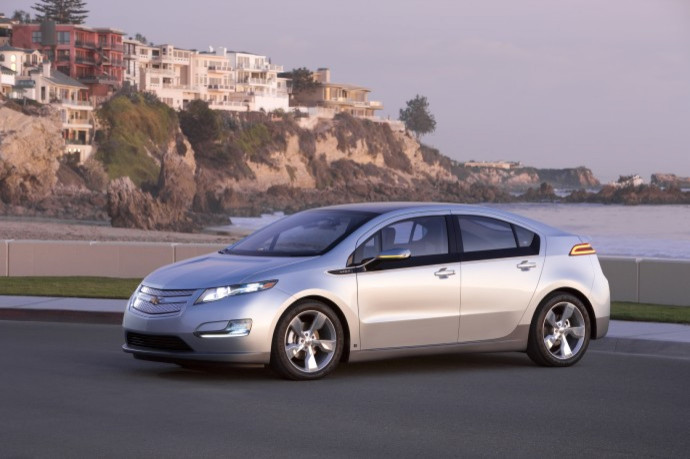California Electric Rates Could Hurt Electric Car Sales

A number of states are altering electricity prices to make people use less, but that may have the effect of discouraging people from buying plug-in vehicles, according to a study from Purdue University.
The problem, says Wally Tyner, a professor of energy economics, is that plug-in hybrids or all-electric vehicles use a lot of electricity when charging up. If the electricity cost outstrips the savings on gasoline, then the extra costs will cause people to forego plug-ins.
It's a matter of unintended consequences, he said. You wanted to be green but you ended up being brown.
In his study, he looked at California, which uses a tiered pricing system to charge customers more if they use larger amounts of electricity. California rates average about 14-15 cents per kilowatt-hour, the most expensive in the nation. But that can get pushed above 20 cents if the household uses more than a baseline amount. Pacific Gas & Electric, for instance, has tiers at 130 percent, 200 percent, and 300 percent of baseline use.
The cost comparisons used the Chevrolet Volt, the Toyota Prius, and Chevrolet Cobalt. The latter two proved more economical than the Volt, even when the $7,500 Federal tax credit is included. A plug-in car, Tyner says, will push most houses into the higher tiers, because of the increased usage and end up costing the owner more than any savings in gasoline. A plug-in can be something like 40 percent of the load for the month in some houses, he said.
The solution is to use time-of-use or flat rate electricity prices, or some combination of both. That way, a plug-in car owner can be charged less for electricity that is used charging the car (principally at night). The savings on gas then makes the car more economical and encourages people to buy them.
The threshold at which electric cars in California become economical is when oil hits between $171 and $254 per barrel. The highest price oil has ever reached was in June 2008, when it went above $140 a barrel. The previous peak was in December 1979, when a barrel of crude was more than $100, adjusted for inflation.
That threshold oil price drops considerably when the price of electricity is lower, Tyner says. Indiana, for example, averages a flat rate of about 8 cents per kilowatt hour and the oil price need only be in the $100 per barrel range.
One thing Tyner says is not clear is whether the cost of ownership will factor into consumers' decisions. In many cases buyers don't calculate that -- in house purchases, for example, most people don't consider the total interest cost. Cars dealers have to put the gas costs next to the sticker price of the car, but whether that affects sales isn't known yet.
© Copyright IBTimes 2024. All rights reserved.





















